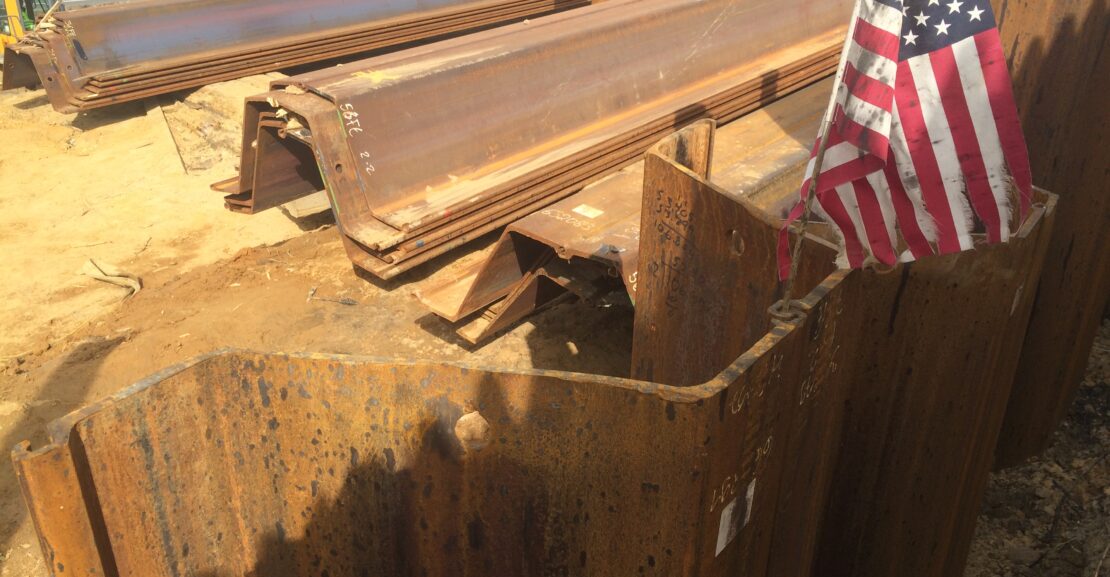The Buy American Act and the Buy America Act are two pieces of legislation that dictate federal procurement policies in the United States. Although their names may sound similar, they differ in significant ways. In this article, we’ll explore the key differences between the Buy American Act and the Buy America Act.
Buy American Act
The Buy American Act (BAA) was enacted in 1933 and applies to federal government procurement contracts for goods. The BAA aims to ensure that the federal government buys goods that are made in the United States whenever possible. To comply with the BAA, products purchased by the federal government must be manufactured in the United States, and at least 50% of the cost of the components must be domestically sourced.
The Buy American Act has been amended several times since its enactment. One notable amendment occurred in 1979, when the threshold for domestic content was lowered from 51% to 50%. The act also allows for exceptions in cases where it is not possible to procure domestically manufactured goods or where the cost of domestically manufactured goods is significantly higher than the cost of comparable foreign-made goods.
Buy America Act
The Buy America Act (BAA) was enacted in 1982 and applies to federal funding for transportation infrastructure projects. The goal of the BAA is to ensure that federal funding for transportation projects is used to purchase domestically produced materials and products when feasible. Under the BAA, all iron, steel, and manufactured products used in federally funded transportation projects must be produced in the United States.
Since its inception, the Buy America Act has undergone several amendments, most notably in 2012 when the requirements for domestically sourced materials were expanded to include all products used in federally funded transportation projects, not just iron, steel, and manufactured goods.
Key Differences
Scope of Application: The Buy American Act applies to federal government procurement contracts for goods, while the Buy America Act applies to federal funding for transportation infrastructure projects.
Products Covered: The Buy American Act applies to all products purchased by federal agencies, while the Buy America Act applies only to iron, steel, and manufactured products used in transportation infrastructure projects.
Domestic Content Requirement: The Buy American Act requires that at least 50% of the cost of components be sourced domestically, while the Buy America Act requires that all covered products be produced in the United States.
Exceptions: The Buy American Act allows for exceptions in cases where it is not possible to procure domestically manufactured goods or where the cost of domestically manufactured goods is significantly higher than the cost of comparable foreign-made goods. The Buy America Act also permits exceptions if domestically produced products are not available in sufficient quantities or if their cost is unreasonable.
In conclusion, the Buy American Act and the Buy America Act have significant differences in terms of scope, products covered, and domestic content requirements. Understanding these differences is crucial for compliance with federal procurement policies and transportation infrastructure project funding.
